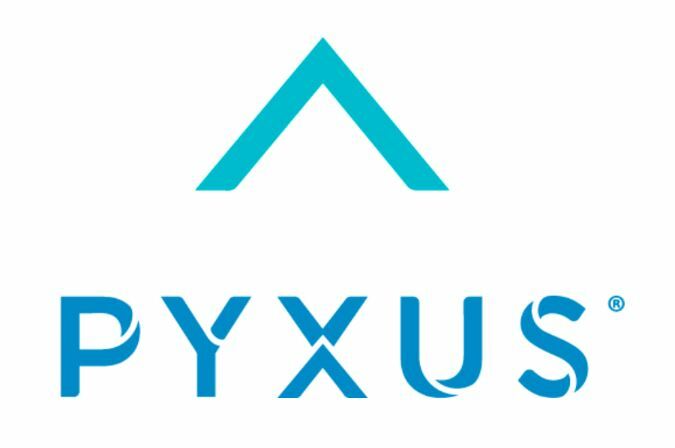
Last week, the Rhyolite Ridge Lithium-Boron Project in Nevada became the first-ever lithium mine to receive the green light from the Biden administration. Shares of project owner, (NASDAQ:IONR), have surged more than 20% after the announcement, with the company saying it for the project from the U.S.
Bureau of Land Management as part of the Biden administration's attempt to boost domestic production of minerals seen as critical for electric vehicle batteries. According to Australia-based Ioneer, the Rhyolite Ridge will supply enough lithium for more than 370K U.S.
-made electric vehicles annually. Early this year, Ioneer received a conditional commitment from the U.S.
Department of Energy for as much as $700M. “ Laura Daniel-Davis, acting deputy interior secretary, said in a statement. “ In the final , the Interior Department’s Bureau of Land Management determined that the mine would not jeopardize the survival of Tiehm’s buckwheat, a wildflower that grows only on lithium- and boron-rich soil in Esmeralda County, Nevada.
The agency noted that Ioneer plans to protect roughly 719 acres designated as critical habitat for the wildflower. Last week, the United States Geological Survey (USGS) and the Arkansas Department of Energy and Environment's Office of the State Geologist announced the a vast lithium reserve containing more than nine times the International Energy Agency's projection of global lithium demand for electric vehicles in 2030. A relic of an ancient sea that left an extensive, porous, and permeable limestone geologic, the Smackover Formation extends under parts of Arkansas, Louisiana, Texas, Alabama, Mississippi, and Florida, and could contain between 5 and 19 million tons of lithium reserves.
" " said Katherine Knierim, a hydrologist and the study's principal researcher. The USGS estimates there is enough lithium brought to the surface in the oil and brine waste streams in southern Arkansas to cover current estimated U.S.
lithium consumption. The U.S.
relies on imports for more than 25% of its lithium. The Smackover Formation is the latest among a series of large lithium discoveries made by the USGS in recent years. Last year, USGS fortuitously bigger than Bolivia's salt flats, home to the world's biggest lithium reserves.
While the discovery itself was not news, a new study published in the journal estimates that the McDermitt Caldera, a volcanic crater on the Nevada-Oregon border, harbors 20 to 40 million metric tons of lithium deposits, nearly double Bolivia's 23 million metric tonnes at the upper range. " ," Anouk Borst, a geologist at KU Leuven University who was not involved in the study, has told . The caldera is estimated to have formed approximately 16.
4 million years ago after a massive magma eruption. The lithium is deposited in a uniquely lithium-rich illite over 600 feet deep. To sweeten the deal further, the deposits are mostly concentrated in one spot, limiting the area impacted by mining.
" ," Borst has told . Last year, the U.S.
Department of Energy a massive lithium deposit beneath California's Salton Sea, holding an estimated 18 million tons of lithium. According to the DoE, with expected technology advances, the Salton Sea region's total resources could produce more than 3,400 kilotons of lithium, worth up to $540 billion and enough to support over 375 million batteries for electric vehicles (EV)--more than the total number of vehicles currently on U.S.
roads. ".














